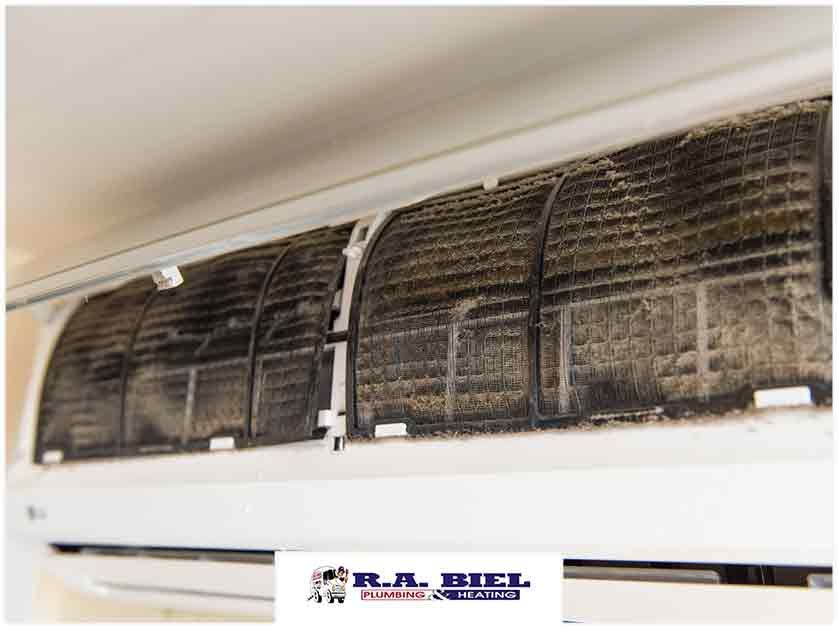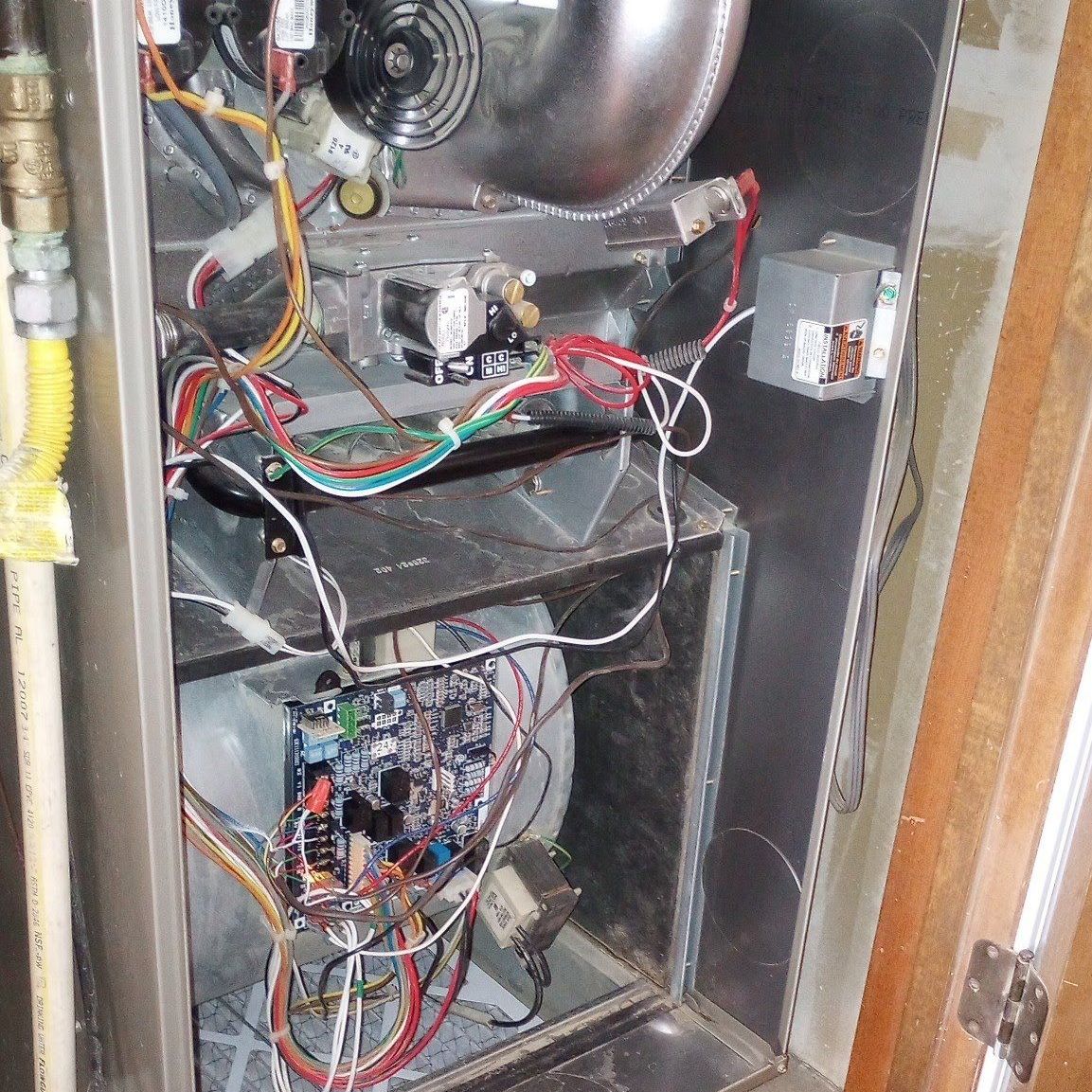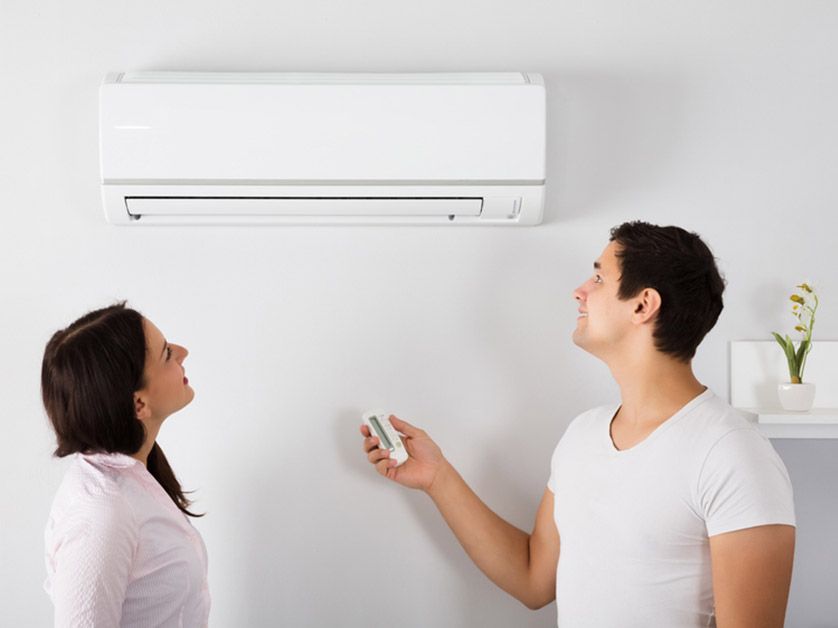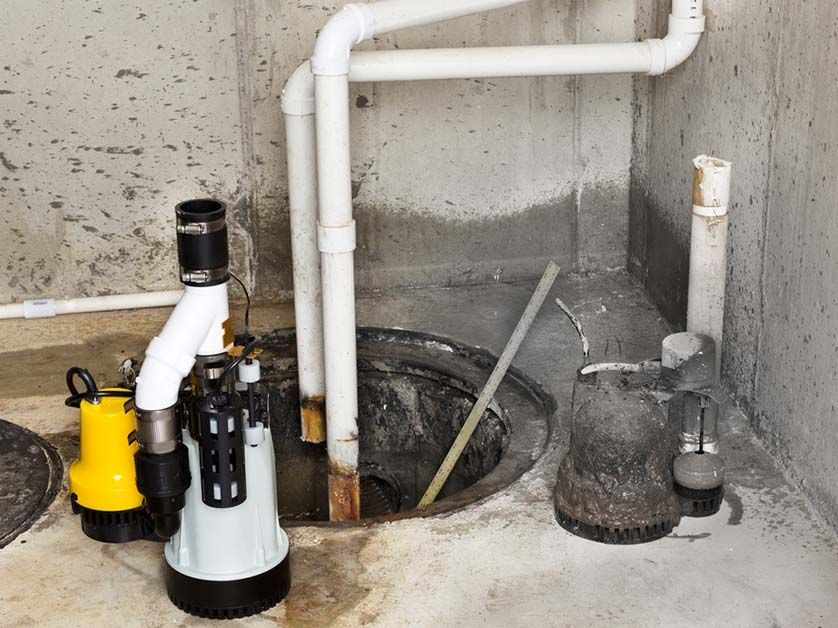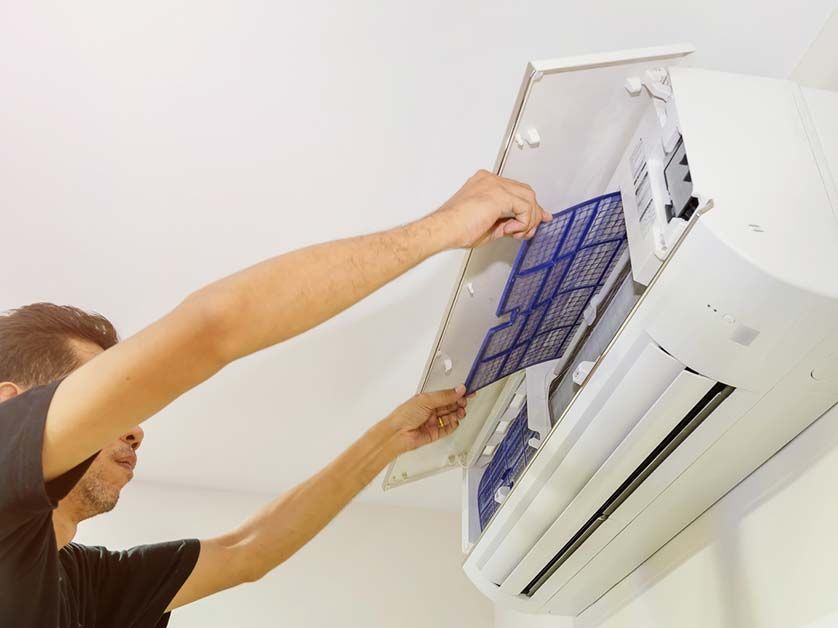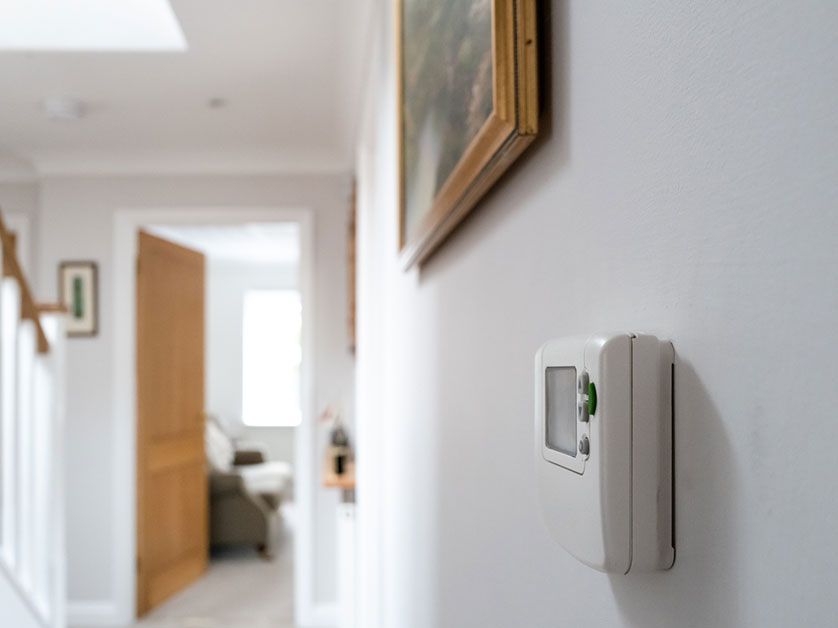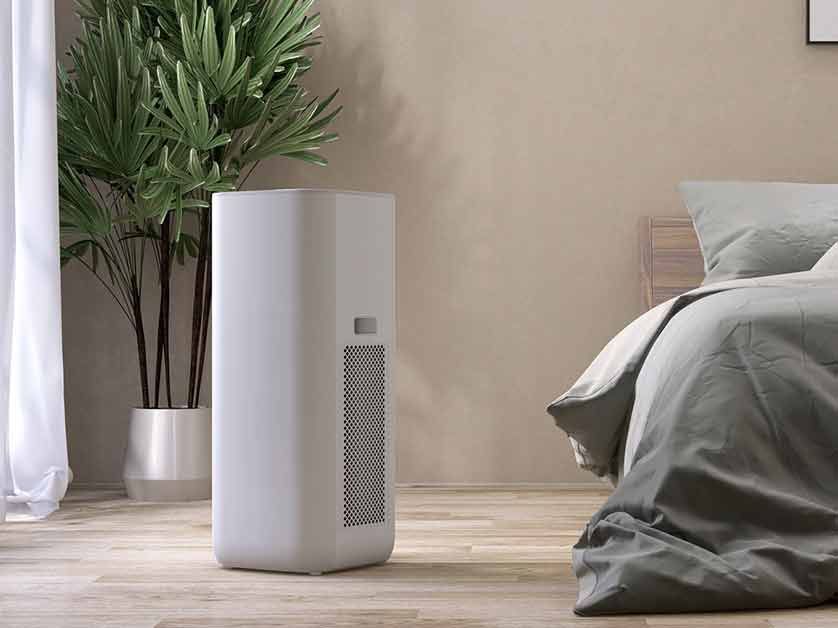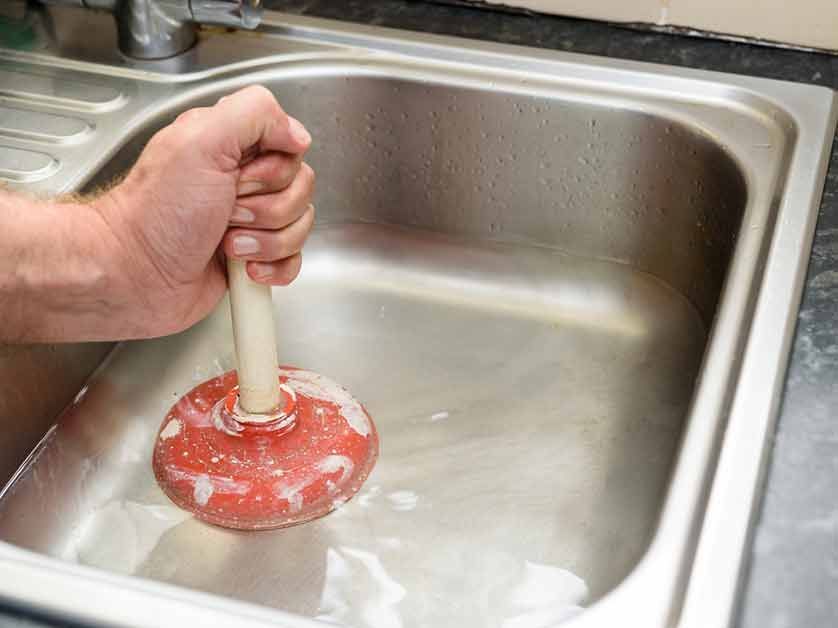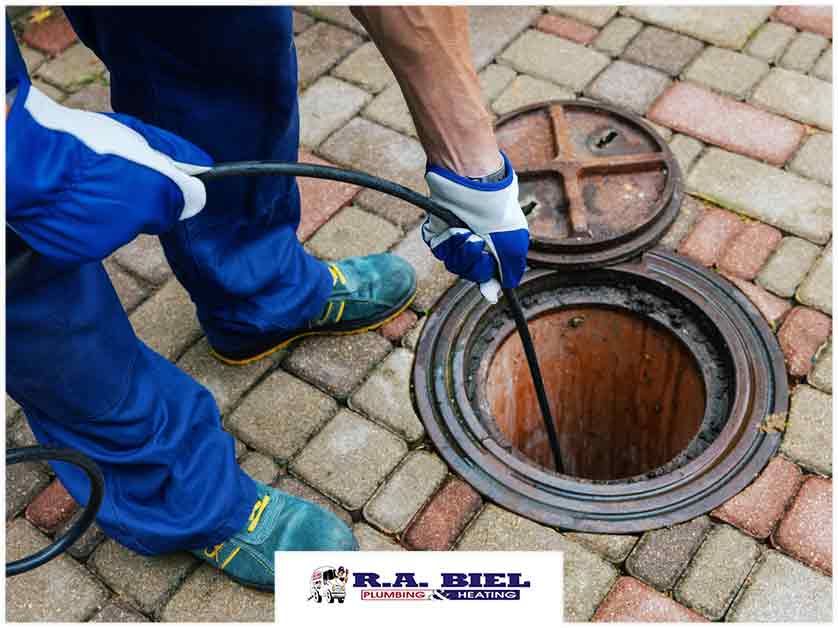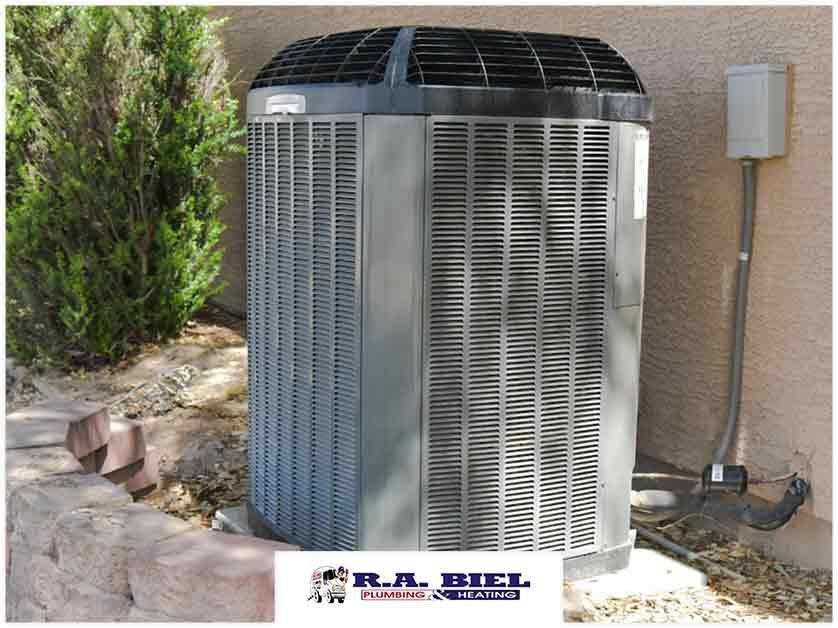A Complete Guide to Buying the Perfect Water Heater
Water heater operation comprises around 20 percent of your monthly utility costs, only surpassed by what you spend on your heating and cooling units. With that in mind, it still remains as one of the most important components of your home, especially during cold weather, since it provides you with warm water in which to enjoy a bath. However, as important as water heaters are, they’re usually ignored until they run into issues, warranting a heating repair service call. If left alone, this will leave you with a cold shower and perhaps even a flooded basement if the issue persists.
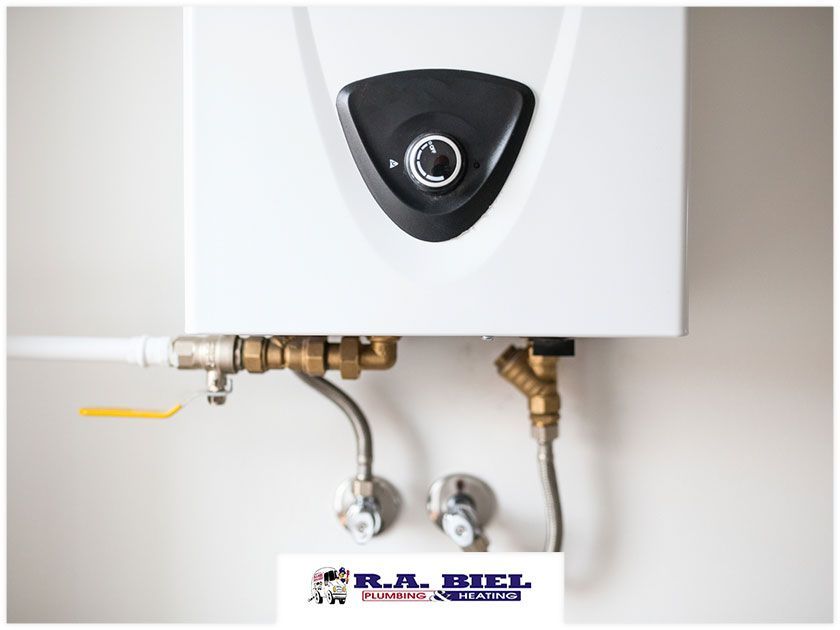
If you learn that your water heating system is approaching the end of its lifespan, don’t hesitate to have it replaced immediately. Thankfully, there are tons of beneficial, energy-efficient options thanks to new federal regulations passed that require new water heaters to pass an energy efficiency threshold. Conventional storage tank water heaters have to operate more efficiently, and tankless or on-demand water heaters can do even more to save you money and energy in the long run. In most cases, homeowners replace their old water heater with ones that they’re familiar with – usually natural gas or electric. Making the switch to a tankless unit can cost more upfront since it requires you to rearrange your plumbing and even your electrical system. However, if you’re planning to build a new home or revamp your current one, then installing a tankless water heater is one of the best choices you can make.
In this post, R.A. Biel Plumbing & Heating, Inc., the top water heater, drain and sewer repair specialist in the area, shares how to pick the perfect water heater for your home and needs.
What Is a Tankless Water Heater?
A tankless water heater, also known as an on-demand water heater, is a seamless unit that heats your home’s water supply without requiring a cumbersome, costly storage tank. The water reserve courses through the tankless heater whenever your tap is turned on. The water is heated quickly and efficiently using electricity, gas or liquid propane, then delivered to your faucet. Gone are the days when you have to wait several minutes for your water to heat up enough for you to take a hot shower.
Another great bonus of installing a tankless water heater, according to heating and air conditioning repair experts, is their exceptional lifespan. Compared to standard storage tank water heaters, a tankless water heater can last up to 20 years or more, while the former only lasts 10 to 15 years.
Consider the Capacity & Size of Tank Water Heaters
Conventional tank water heaters can hold different amounts of water depending on their size. Some can hold 40, 50 or upwards of 55 gallons. The storage capacity that you’ll need depends on the number of people living in your home, the number of water sources and your peak water usage. For instance, a family of four could take several showers, run the dishwasher, and do the laundry, using 100 gallons or more of hot water in a day. However, this doesn’t necessarily mean that the home requires a 100-gallon storage tank.
Another important factor that tank water heater users should consider is the first-hour rating, which heating repair experts describe as the number of gallons of water a heater can produce in an hour from a full tank. If you’re planning to make the switch to a tankless water heater, don’t automatically assume that it will fit in your previous water tank’s location. Thanks to superior insulation and improved energy efficiency standards, newer models can be wider or taller than older water heating systems.
A tankless water heater doesn’t hold as much water as a tank water heater, so the important thing to look out for when purchasing one is its size, as well as the gallons-per-minute rating (GPM). This is the indicator that tells you how much hot water your heater can deliver within a minute. Essentially, the higher your tankless water heater’s GPM is, the more hot water it can deliver. For instance, if you have a large home with multiple family members and bathrooms, you’ll need a tankless water heater with a higher GPM rating. A conventional shower unit will require a GPM of 2.5.
More on GPM Flow Rates
If you aim to deliver hot water throughout your entire house, you’ll need to create a list of all the fixtures or appliances that require hot water on demand. For instance, do you plan on using your shower and dishwasher at the same time? Will you be doing laundry while some of your family members are taking a shower? These are some factors that your heating and air conditioning repair expert would advise you to consider. Once you’ve made a good estimate of your home’s water consumption, add up the total of each devices’ GPM flow rates. This can be seen by checking the user’s manual or contacting the device’s manufacturer. If you learn that your device’s GPM flow rate is too strong, you can install low-flow water fixtures to help reduce utility costs if you’re running multiple sources at once.
Types of Tankless Water Heaters
- Whole-house. A whole-house tankless heater is a great choice if you’re planning to use multiple appliances simultaneously. Some appliances that run at 6.6GPM can heat water for a one- to two-bathroom apartment or a small family home. Larger 9.4GPM models can heat up to five plumbing and heating appliances at once without water shortages.
- Point-of-use. This system is used only for one device or appliance to provide a steady supply of hot water. These are commonly used in showers or by sinks or dishwashers. An advantage of this system is that there’s little to no lag time in heating your water, which means hot water is delivered in an instant in an efficient manner.
Look no further than R.A. Biel Plumbing & Heating, Inc. for all your heating needs. Our contractors specialize in heating, cooling, drain and sewer repair. We proudly serve Farmington, NM, and nearby areas. Call us today at (505) 327-7755 or fill out this contact form to schedule your consultation.
The post A Complete Guide to Buying the Perfect Water Heater appeared first on R.A. Biel Plumbing & Heating, Inc..
Our Recent Articles
